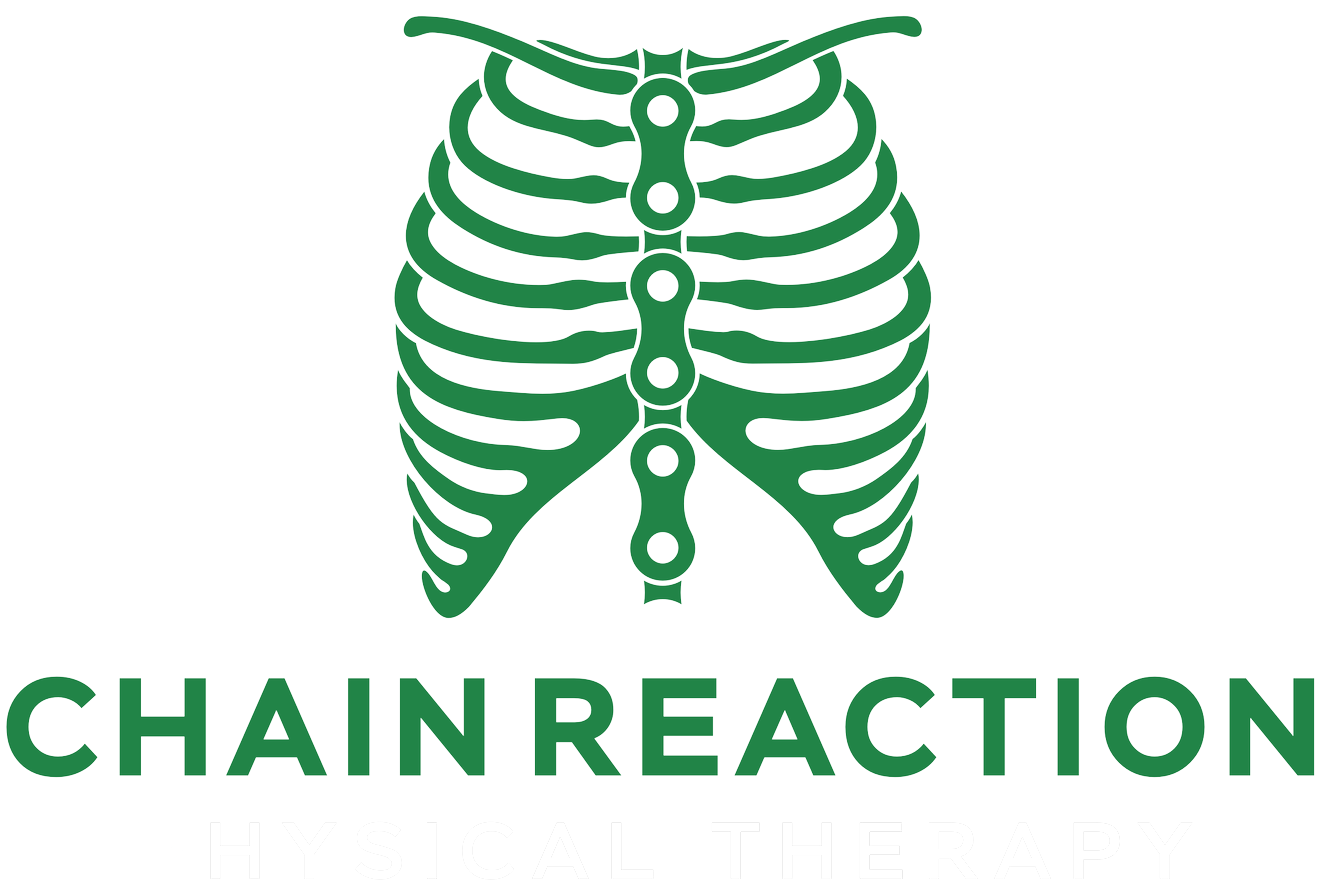Should I Go To A Chiropractor Or A Physical Therapist For My Back Pain?
When you have back pain, there are lots of different routes you can take to solve it. In physical medicine, there can be a lot of mudslinging between professions. I am of the mindset that in healthcare, when you have multiple professions who can address the same pathology, it is almost always better to build a bigger table instead of a higher fence. In this post, we’re going to talk about the differences between chiropractic care and physical therapy as it relates to back pain.
This post will cover very broad descriptions of chiropractics and physical therapy, as there are several specialities within both profession, and many clinicians who practice differently than the methods described below. This post is in no way comprehensive on how either profession treats. The objective of this post is to provide a broad overview regarding the differences between chiropractic care and physical therapy to give you a better understanding of your options when it comes to treating your back pain.
Chiropractic Care
Chiropractic care is the use of hands-on manual therapy to manipulate joints. Typically, this involves high-velocity thrusts that can create that “cracking” or “popping” sound you hear when the joint is manipulated. That sound is called a cavitation, and it is actually the popping of small gas bubbles in the synovial fluid of the joint, caused by the change in pressure of the joint capsule. The goal of these manipulations is to provide pain relief. While the exact mechanism of what provides relief cannot be pinpointed with 100% accuracy, research demonstrates that physiological changes from high velocity thrusts include increased water diffusion of discs, short term stretch of capsule and ligaments, and patient reports of increased mobility. This can lead to patient reports of decreased pain. Chiropractors receive extensive training in joint manipulation to elicit these cavitations to address patient pain.
Physical Therapy
Physical therapy is the assessment and treatment of musculoskeletal disorders with the use of manual therapy and movement correction to improve patient function and decrease pain. Manual therapy can be defined as anything physical therapists do when they physically put their hands on you. This can include high-thrust manipulations like the ones that chiropractors perform, as well as soft tissue mobilizations, cupping, joint mobilizations, mobilizations with movement…the list goes on and on. The list is also not exclusive to just physical therapists, as chiropractors can also use the above techniques to address patients’ pain.
So What’s The Diff?
First, Let’s talk about some quick anatomy and physiology
Our body provides stability to our joints in three main ways: Joint congruity , muscular stabilization, and ligamentous support. Here’s the quick and dirty:
Joint congruity: This is how the bones of the joint actually fit together. If you think of the hip joint, it’s how the femur (leg bone) actually fits into the socket of the pelvis. This can vary from person to person.
Muscular stabilization: muscles cross over joints, giving them both stability and allowing force generation to move the joint. Muscular stability can be affected by the length of the muscle, the strength of the muscle, and its orientation to the joint.
Ligamentous support: joints are surrounded by ligaments and joint capsules that provide further support to that joint.
As I always say, the body is a chain reaction. Let’s say a muscle is “tight” or shortened. This causes more pull on the joint it crosses or is attached to, which changes the roll and glide of the joint itself. Chiropractors focus on improving the mobility of that joint, while physical therapists focus on restoring the relationship of that muscle to the joint.
So Let’s Work Together
Now, my favorite question to ask as a physical therapist is, “why”? Why is that muscle tight and causing imbalances or pain? Because we can just work on lengthening the muscle through manual therapy and stretching, but if we don’t fix the cause of the muscle dysfunction, we’ll never gain and maintain the results and pain resolution we’re looking for. (I talk about that more here) This is where chiropractors and physical therapists can work really well together. Chiropractors can address the joint movement itself, which puts the muscles in a better advantage to perform optimally, which allows physical therapists to correct and maintain changes in movement.
Every person should have a village when it comes to their healthcare. When it comes to musculoskeletal disorders, having both a chiropractor and physical therapist on your team can be beneficial. Chiropractors can often set up a really good basis for success, and physical therapists can create the plan that capitalizes upon and maintains that success. There’s room for all conscientious, knowledgeable providers at any table. It’s up to you to decide how you best want to use us.
Have more questions about the difference between chiropractors and physical therapists? Drop it in the comments below or click here to schedule a call!

